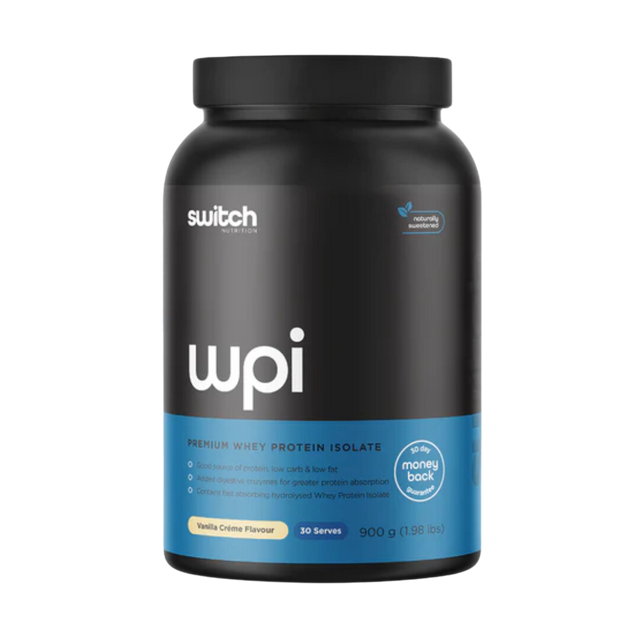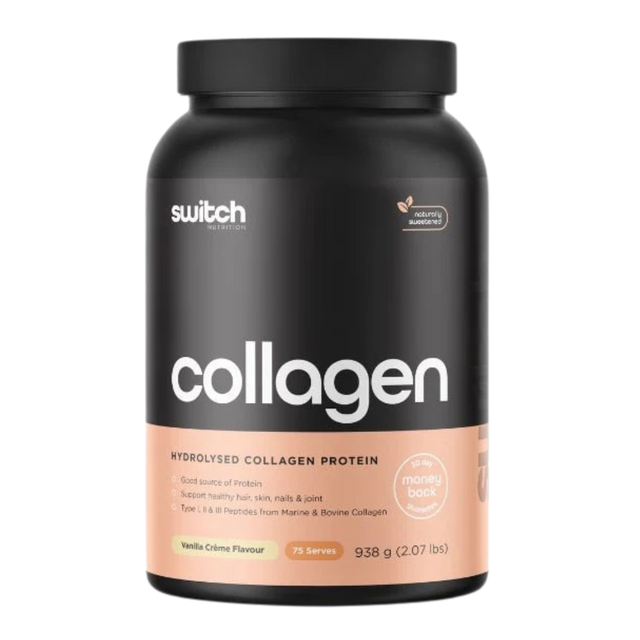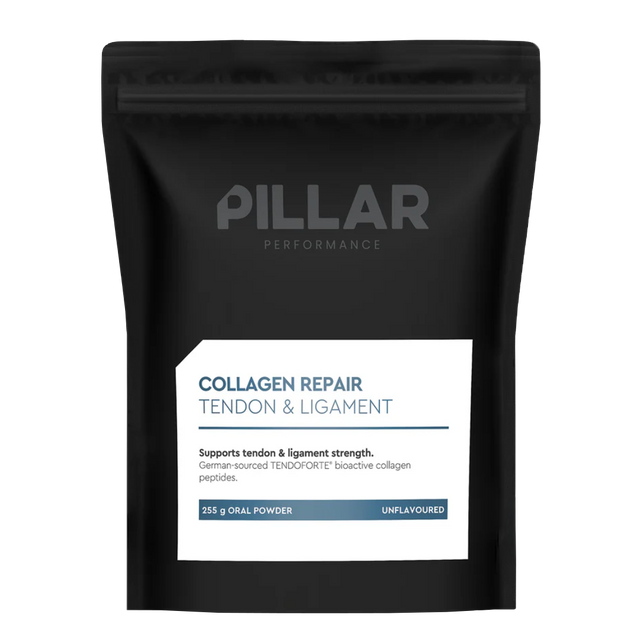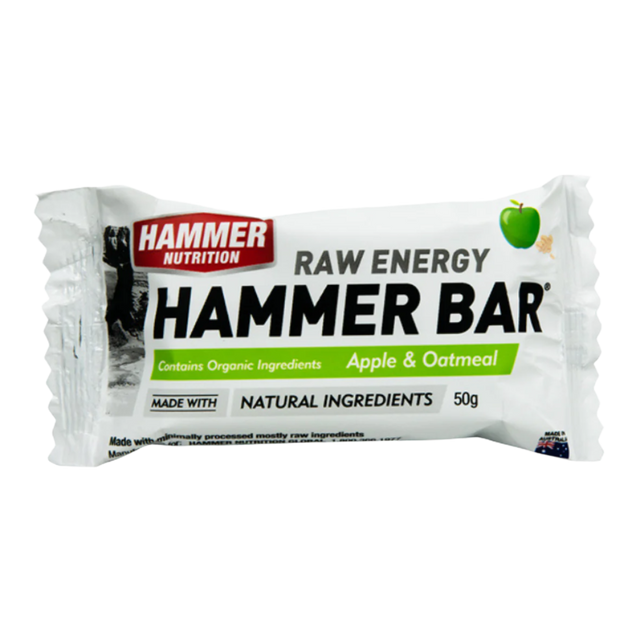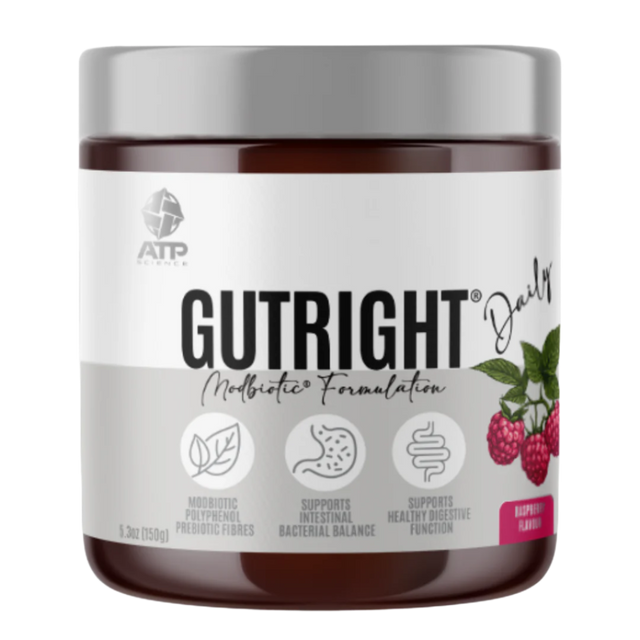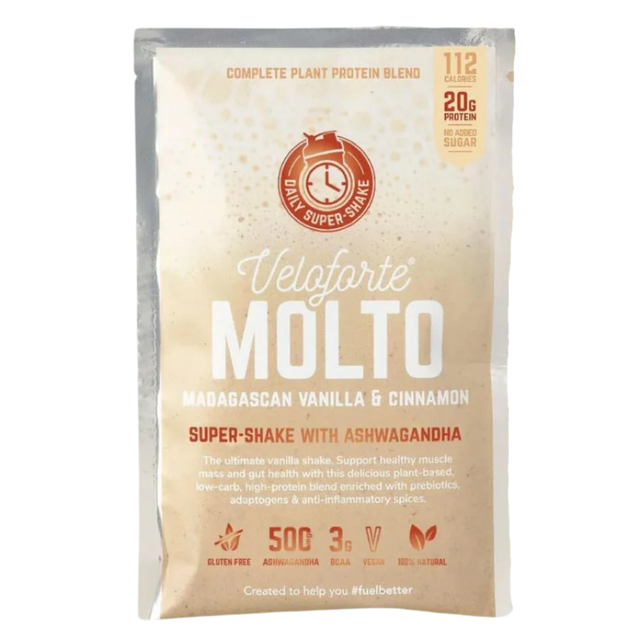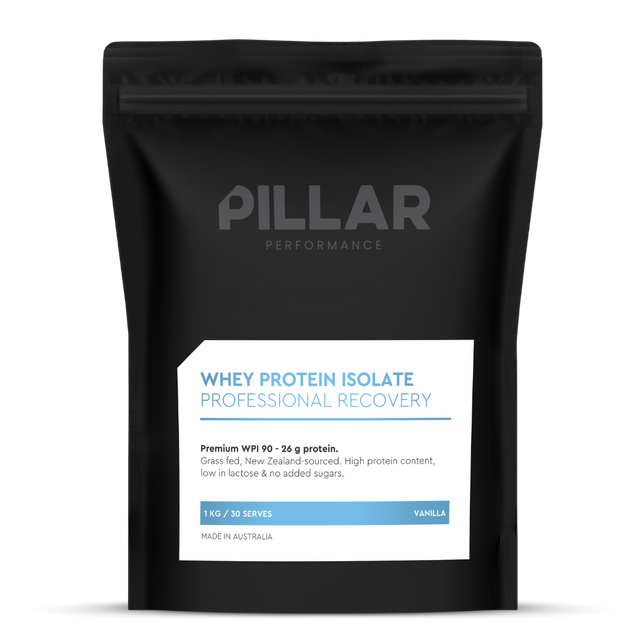Macronutrients
Macronutrients are vastly talked about in the fitness realm and seem to have the spotlight in the media as they are the big contributors to energy. Let’s think big and talk about macros.
What Are Macronutrients?
Macronutrients are the nutrients that the body needs in large amounts. These are commonly known as Fat, Protein and Carbohydrates. But did you know there are actually two others. Fibre and water (1). I will not bore you with facts about H20 and test the waters on your knowledge of the other 4 macronutrients.
Fat
Dietary fat includes all the lipids of plant and animal tissues that are eaten as food (2). We have essential fatty acids that must be consumed exogenously to prevent deficiency and positively impact cardiac health, brain health, gut health, and weight management (3,4). Essential fatty acids include omega-3 and omega-6 fatty acids (5). Essential fatty acids are most commonly found in foods such as seeds, green leafy vegetables, avocado, vegetable oils, nuts, cereals, legumes, some meats, eggs, dairy products and breast milk (6).
Fats also influence the bioavailability of fat soluble vitamins. In 1 gram of fat there are 9kcal, 25-30% of our diet should come from unsaturated fats and saturated fat should be limited (1,5).
Fat plays an important role as an energy source for fat adapted endurance athletes at intensity up to 80% of VO2max (7). Fat adapted ultra‐endurance‐athletes can oxidise up to 1.5g fat/min during exercise.
Protein
Proteins are polymers of amino acids. There are 20 amino acids, 9 of which are essential to obtain through diet as our bodies cannot synthesise them. Protein is required for growth and repair of damaged cells and tissue, synthesising hormones and for a variety of metabolic activities (8).
In 1 gram of protein there are 4kcal and on a daily basis they should make up 20-35% of our diet. Active women need around 1.4–2.2g of protein/kg/day (9,10). Active menopausal women should be consuming the upper range. Active Males need around 1.7-2.2g of protein/kg/day (11). Higher protein intakes of 2.3–3.1g/kg/d may be needed for lean body mass retention in resistance-trained athletes during hypocaloric periods (12).
Protein plays very little contribution (1-6%) to the energy demands of endurance exercise. It does however play a huge role in recovery from exercise. Protein should be consumed every 3 h during the day and a bolus of 20-40 grams as close to finishing exercise as possible to maximally stimulate muscle protein synthesis (13,14).
Protein should be obtained from a variety of sources, particularly plant-based sources (1). Some convenient protein sources for recovery include;

Carbohydrates
Carbohydrates can be categorised into sugars, starches, and fibres. In 1 gram of carbohydrate there are 4kcal and on a daily basis carbohydrates should make up 45-65% of our diet (15). Carbohydrates can be found in fruits, vegetables, dairy products, legumes and grains. The role of carbohydrates is to; provide energy to our cells, help control blood glucose levels, support cholesterol and triglyceride metabolism, gut and immune health, supply dietary fibre and a vast range of vitamins and minerals (16).
Carbohydrates are the main source of energy for endurance sports, with multiple studies showing the relationship between the depletion of muscle glycogen and the onset of fatigue during endurance exercise (17). They are also the only macronutrient to provide energy in activity above 80% of VO2max (7).
For more information on fuelling for endurance events with carbohydrates read the article ‘High Carb or Low Carb for Endurance Performance’.
Fibre
Dietary fibres are carbohydrates that our bodies cannot digest. Fibre does not yield any energy and can be found in fruit, vegetables, nuts and seeds, grains and legumes. There are many types of fibre, each have their own properties that influence gut health. The recommendations are to eat at least 25-30g of fibre each day with higher levels of fibre recommended (1,18) .
Some great fibrous plant based snacks and powders to add into your diet are:
Fibre should be limited around exercise, leading into a race and on race day as it can lead to stomach cramps, unwanted toilet stops and gut discomfort. For more information on race week nutrition read Race Week Nutrition. For more information on fibre read Gut Health 101: Top Tips for Improving Your Gut Microbiome in 2025.
Ash Miller
Dietitian and Nutritionist (Masters)
Bachelor of Physical and Health Education
Instagram: @ashthomo_nutrition
Disclaimer:
The content in this blog is for general information only and is not a substitute for professional medical advice, diagnosis, or treatment. Always speak with your doctor or allied health team before changing your diet, exercise, or taking supplements, especially if you have a health condition or take medication. Please use this information as a guide only. Aid Station doesn't take responsibility for individual outcomes.
References:
-
Cheng C, England E. Nutrition: Macronutrients. FP Essent. 2024 Apr;539:7-12. PMID: 38648169.
-
Science Direct, ‘Dietary Fat’, 2019, Available from; https://www.sciencedirect.com/topics/agricultural-and-biological-sciences/dietary-fat , Accessed 10/2/25.
-
Uauy R. Dietary fat quality for optimal health and well-being: overview of recommendations. Ann Nutr Metab. 2009;54 Suppl 1:2-7. doi: 10.1159/000220821. Epub 2009 Jul 30. PMID: 19641344.
-
Liu AG, Ford NA, Hu FB, Zelman KM, Mozaffarian D, Kris-Etherton PM. A healthy approach to dietary fats: understanding the science and taking action to reduce consumer confusion. Nutr J. (2017) 16:53. 10.1186/s12937-017-0271-4
-
tark AH, Crawford MA, Reifen R. Update on alpha-linolenic acid. Nutr Rev. (2008) 66:326–32. 10.1111/j.1753-4887.2008.00040.x
-
Marangoni F, Agostoni C, Borghi C, Catapano AL, Cena H, Ghiselli A, et al. Dietary linoleic acid and human health: focus on cardiovascular and cardiometabolic effects. Atherosclerosis. (2020) 292:90–8. 10.1016/j.atherosclerosis.2019.11.018
-
Noakes TD, Prins PJ, Volek JS, D'Agostino DP, Koutnik AP. Low carbohydrate high fat ketogenic diets on the exercise crossover point and glucose homeostasis. Front Physiol. 2023 Mar 28;14:1150265. doi: 10.3389/fphys.2023.1150265. PMID: 37057184; PMCID: PMC10086139.
-
Watford M, Wu G. Protein. Adv Nutr. 2018 Sep 1;9(5):651-653. doi: 10.1093/advances/nmy027. PMID: 30060014; PMCID: PMC6140426.
-
Malowany JM, West DWD, Williamson E, Volterman KA, Abou Sawan S, Mazzulla M, et al. Protein to Maximize Whole-Body Anabolism in Resistance-trained Females after Exercise. Med Sci Sports Exerc. 2019;51:798–804 Available from: https://www.researchgate.net/publication/328692335 [cited 2020 24 Mar].
-
Sims ST, Kerksick CM, Smith-Ryan AE, Janse de Jonge XAK, Hirsch KR, Arent SM, Hewlings SJ, Kleiner SM, Bustillo E, Tartar JL, Starratt VG, Kreider RB, Greenwalt C, Rentería LI, Ormsbee MJ, VanDusseldorp TA, Campbell BI, Kalman DS, Antonio J. International society of sports nutrition position stand: nutritional concerns of the female athlete. J Int Soc Sports Nutr. 2023 Dec;20(1):2204066. doi: 10.1080/15502783.2023.2204066. PMID: 37221858; PMCID: PMC10210857.
-
Bandegan A, Courtney-Martin G, Rafii M, Pencharz PB, Lemon PW. Indicator Amino Acid–Derived Estimate of Dietary Protein Requirement for Male Bodybuilders on a Nontraining Day Is Several-Fold Greater than the Current
-
Recommended Dietary Allowance. J Nutr. 2017;147:850–7 Available from: http://www.ncbi.nlm.nih.gov/pubmed/28179492 [cited 2020 24 Mar].
-
Kreider RB, Campbell B. Protein for exercise and recovery. Phys Sportsmed. 2009 Jun;37(2):13-21. doi: 10.3810/psm.2009.06.1705. PMID: 20048505.
-
Tarnopolsky M. Protein requirements for endurance athletes. Nutrition. 2004 Jul-Aug;20(7-8):662-8. doi: 10.1016/j.nut.2004.04.008. PMID: 15212749.
-
Schulz R, Slavin J. Perspective: defining carbohydrate quality for human health and environmental sustainability. Adv Nutr. (2021) 12:1108–21. 10.1093/advances/nmab050
-
Cena H, Calder PC. Defining a Healthy Diet: Evidence for The Role of Contemporary Dietary Patterns in Health and Disease. Nutrients. 2020 Jan 27;12(2)
-
Helge JW. A high carbohydrate diet remains the evidence based choice for elite athletes to optimise performance. J Physiol. 2017 May 1;595(9):2775. doi: 10.1113/JP273830. Epub 2017 Feb 8. PMID: 28044326; PMCID: PMC5407959.
-
Dietitians Australia, ‘Fibres for your gut: Sorting through the roughage’, April 2022, Available here; https://dietitiansaustralia.org.au/health-advice/fibres-your-gut-sorting-through-roughage, Accessed 11th Feb 2025.

